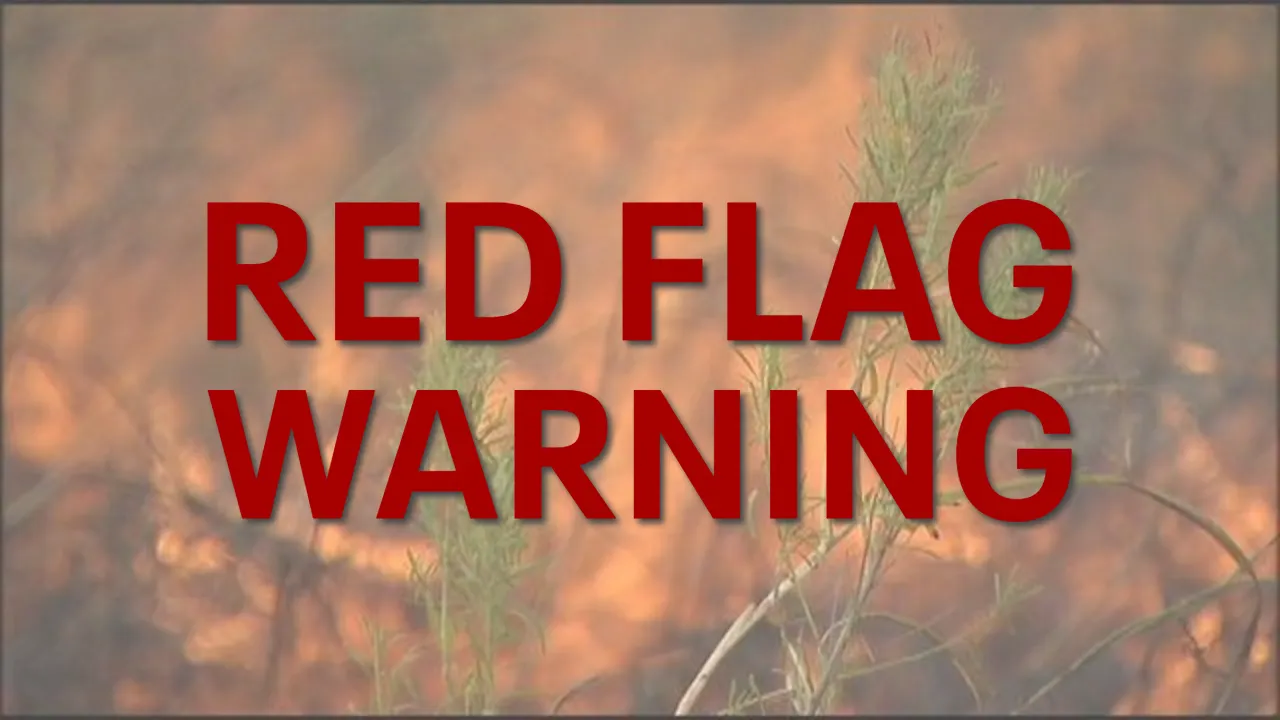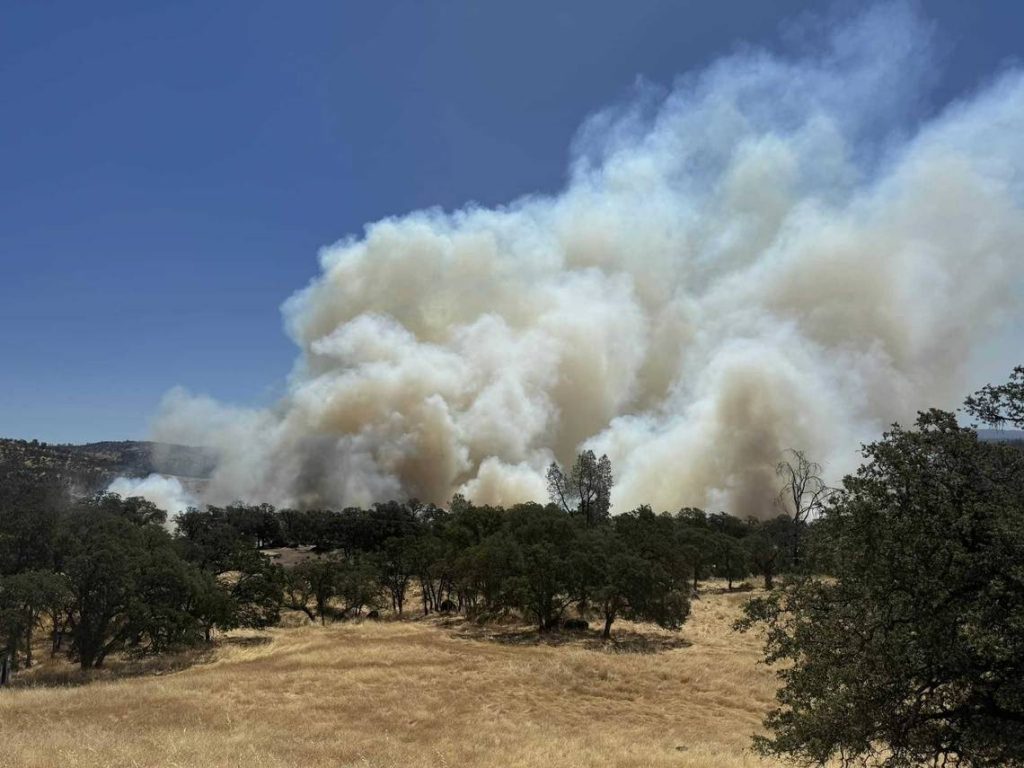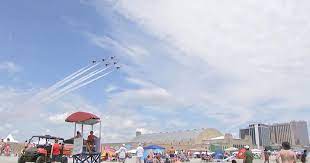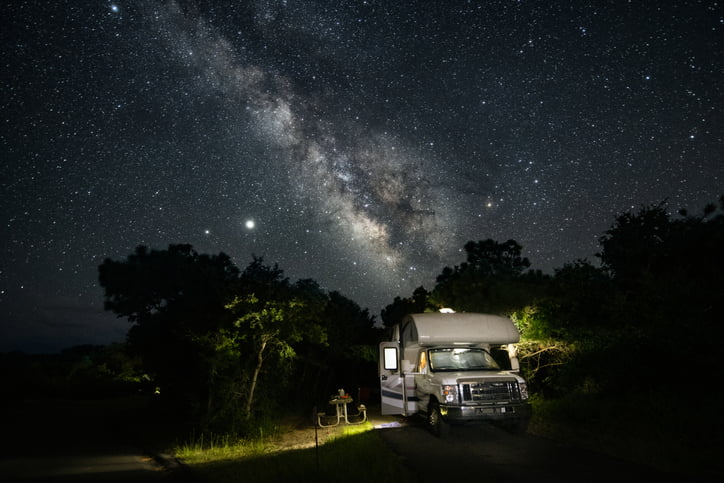If you’re in Austin or anywhere in Central Texas, take this warning seriously—we are facing some of the most dangerous fire conditions in months. The National Weather Service has issued a Red Flag Warning, which means the perfect mix of strong winds, low humidity, and high temperatures could turn even a tiny spark into a fast-moving wildfire.
Officials are urging residents to take every precaution possible because conditions like these can lead to fires that spread uncontrollably, threatening homes, businesses, and lives. If a fire starts today, firefighters could struggle to contain it due to the extreme conditions.
Why Is Austin at Extreme Fire Risk Today?
A Red Flag Warning is only issued when the weather creates a high probability of wildfires igniting and spreading rapidly. Today, all the factors are in place to make this a highly dangerous day for fire outbreaks:
- Powerful Winds – Gusts of 50 mph or more will fan any small flame into a massive blaze within minutes. Strong winds can also carry burning embers over long distances, setting new fires ahead of an advancing wildfire.
- Extremely Low Humidity – The air is bone-dry, with humidity levels dropping to as low as 5-10%. Dry air pulls moisture out of vegetation, turning trees, grass, and bushes into instant fuel for fires.
- High Temperatures – With highs climbing into the mid-80s, the heat further dries out vegetation, making conditions even worse.
- No Recent Rainfall – The area has received very little rain in recent weeks, meaning the ground and vegetation are already critically dry. One spark in these conditions could lead to disaster.
What Happens If a Fire Starts?
Under these conditions, any fire that starts could spread at an alarming rate. If a wildfire breaks out:
- Flames can move at speeds of 15+ mph, making them extremely difficult for firefighters to contain.
- Flying embers can ignite fires miles ahead of the main blaze, putting new areas in danger.
- Thick smoke could reduce visibility, making travel hazardous and forcing evacuations.
- Power outages may occur if fires damage power lines or utility poles.
This is why every precaution matters today—firefighters may not be able to control a fire once it starts. The best way to stop a wildfire is to prevent it from happening in the first place.

How to Protect Your Home and Family
- Avoid Any Open Flames – This includes grilling, campfires, fire pits, welding, or burning debris. Even a small spark from a barbecue could lead to an uncontrollable blaze.
- Be Careful on the Roads – Don’t pull over onto dry grass—your car’s exhaust pipe could ignite it. If you see smoke while driving, turn around immediately and call 911.
- Dispose of Cigarettes Properly – Never toss a cigarette out of a car window or onto the ground. A single smoldering cigarette butt can start a wildfire.
- Clear Flammable Materials from Your Property – Remove dry leaves, brush, and dead plants from around your home to create a defensible space. If a fire starts nearby, this could save your house.
- Secure Loose Items – With winds over 50 mph, trash cans, patio furniture, and decorations could be blown into power lines or other flammable areas. Secure anything that could become airborne.
- Stay Updated on Alerts – Follow local weather reports and emergency notifications. If an evacuation is ordered, leave immediately—fires can move faster than roads can clear.
What Happens Next? Will Conditions Improve?
Unfortunately, this fire danger isn’t going away overnight.
- Strong winds will continue through the evening, keeping the fire risk high.
- Humidity levels will remain extremely low for the next several days.
- No significant rain is expected this week, meaning vegetation will stay dangerously dry.
Firefighters are on high alert, but it’s up to all of us to be cautious and prevent disasters before they happen.
Final Thoughts
This isn’t just another breezy day—Austin is facing one of its highest wildfire risks in recent history. The combination of high winds, dry air, and warm temperatures means that one careless mistake could turn into a devastating wildfire.
- Stay alert. Be responsible. Take this seriously. If a fire starts, it could spread too fast for firefighters to stop. Do your part to protect Austin today.



